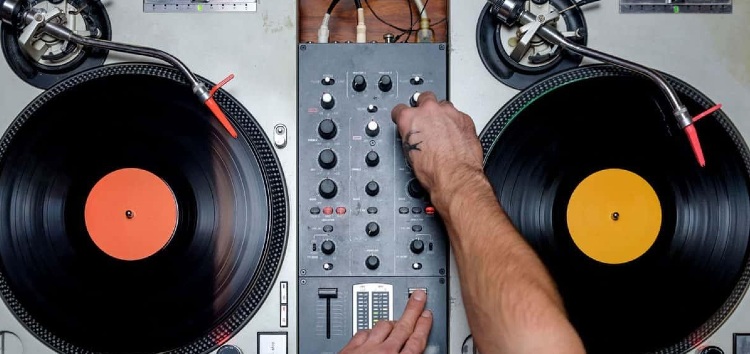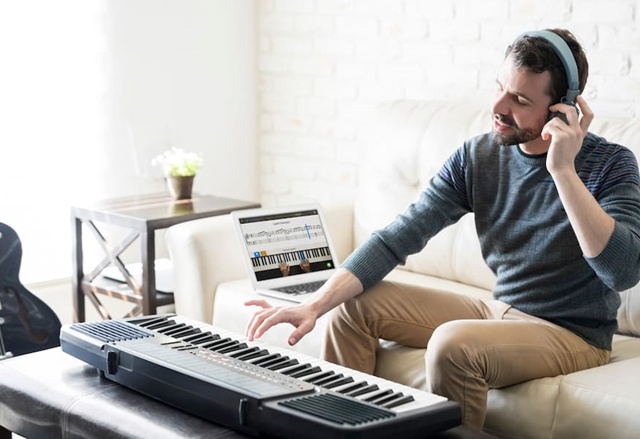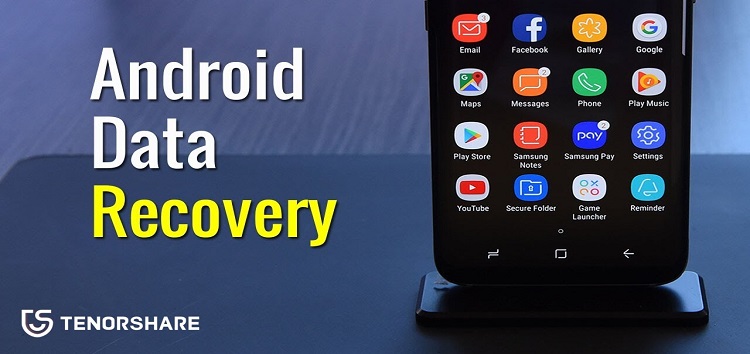As we recently explored, technology is shaping the world of art more rapidly and indelibly than ever before. On top of that, an unusual year of separation and DIY creation has forced artists to rely on technology for collaboration and distribution in ways they might never have imagined they would need to.
Can we project the trajectory that music—as aided by technology—will take in the future? And if so, how? Here are some ways in which our knowledge, appreciation, and practice of music is changing before our eyes.
Virtual instruments
Online tools such as this virtual piano simulate the feel of the actual instrument and thus help the player to hone the skills they would hone on the actual instrument.
The keyboard is probably the easiest instrument to manipulate in this way given the capacity of touch-screen devices to mimic digit-based (or finger-based) learning techniques, but it can be applied to other families of instruments, such as strings.
Virtual instruments can be indispensable tools for people without access, locationally or financially or otherwise, to real instruments. They will certainly help to further our understanding of and engagement with music.
Virtual lessons
Along with the technologically induced rise of self-education, especially in skills like taking up an instrument, the way we formally study music together is changing.
Someone who wishes to become more skilled at an instrument can sign up for online group masterclasses through services such as Skillshare, or work one-on-one with professionals they’ve heard of or are in their area.
Particularly in an era of isolation, when the progress we make on a skill largely falls to us and our own determination, having virtual meetings to keep us accountable to our goals can have us reaping impressive rewards as time goes on.
Virtual concerts
Live-streaming concerts has been a popular practice for several years now, but events such as the dramatic and widespread social distancing tactics installed for much of this year has altered the very ways live music is created.
Whereas before, depending on the type of performance, links to a livestream service would circulate and allow those who could not attend in person to commune with those who were attending in person, the absence of any sort of in-person audience has expanded the function and necessity of the live stream.
Choirs gather on Zoom to practice pieces together from their individual homes. Musicians try to sync up from vastly different types of spaces—geographical, acoustical, and more—to perform for audiences over social media platforms.
Magazines such as Rolling Stone have put energy and effort into interview and concert series with music icons from their homes or home studios.
These gatherings are at this point our most reliable means of bonding with one another through music, whether we are creating it or listening to it.
Whatever our musical needs, technology has more and more means of fulfilling them. Whatever musical event we want to put together, technology is more and more reliably making it happen.
Who knows how drastically these advances will change our relationship to the art we love and make in even the next few years—we can hardly wait to see where it takes us.
Disclaimer: This is a sponsored post, made possible in association with Skoove. PiunikaWeb doesn’t take any responsibility of the product being advertised here.
About Skoove: Skoove (Learnfield GmbH) was founded in 2014 in Berlin, Germany. With more than 1 million users today, we make interactive apps to learn piano and guitar. More about us here.
Featured image by Cecilia Gigliotti
PiunikaWeb started as purely an investigative tech journalism website with main focus on ‘breaking’ or ‘exclusive’ news. In no time, our stories got picked up by the likes of Forbes, Foxnews, Gizmodo, TechCrunch, Engadget, The Verge, Macrumors, and many others. Want to know more about us? Head here.



